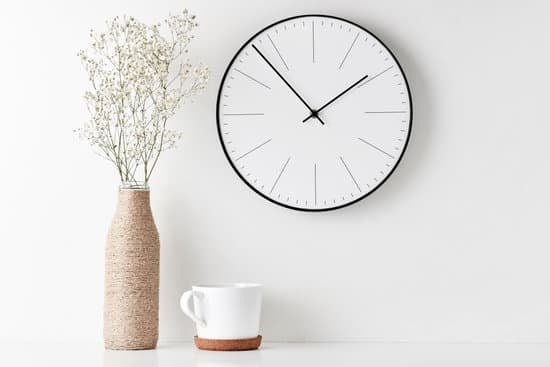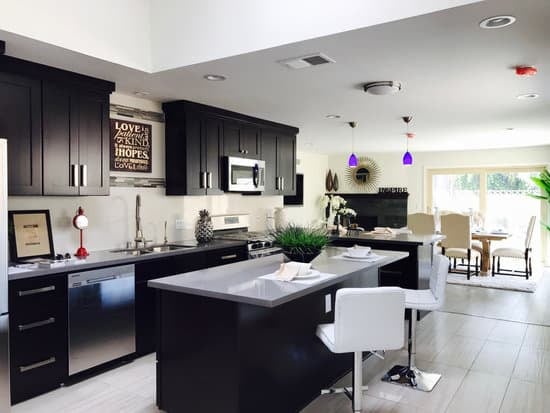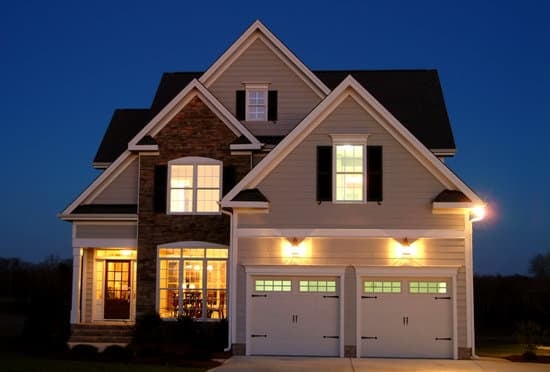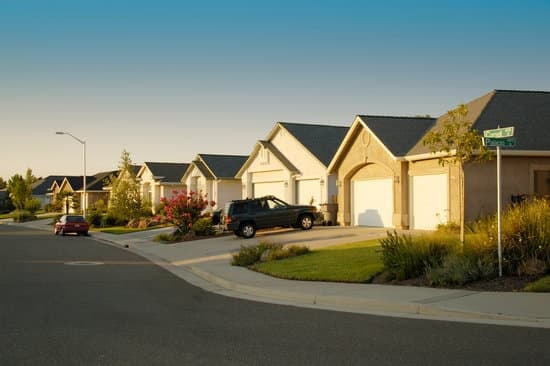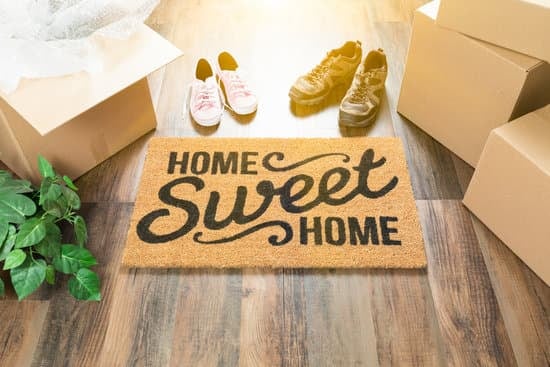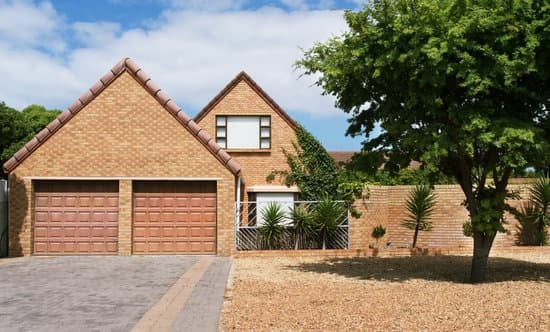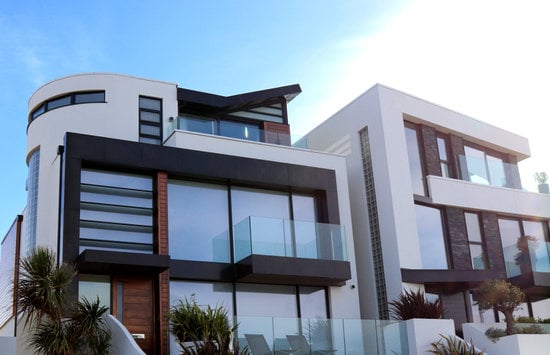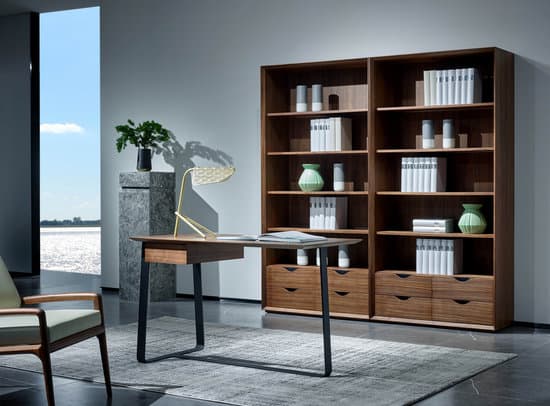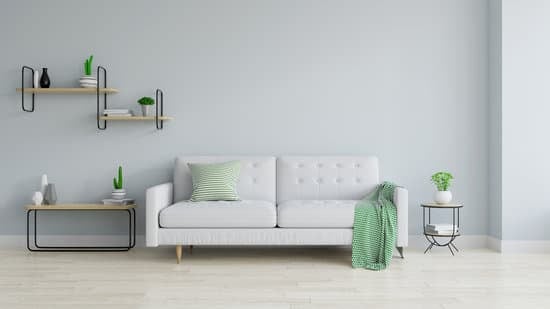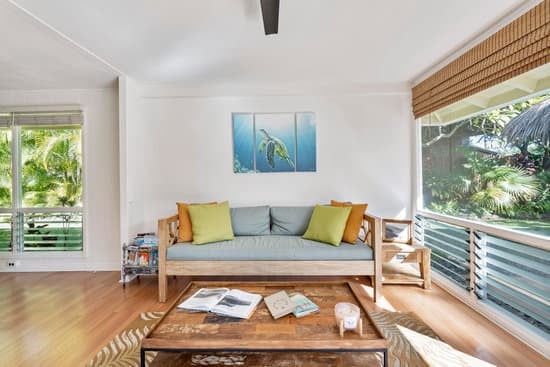If you’re looking to give your home a raw, edgy and modern look, industrial decor might be the perfect choice for you. Industrial decor combines functionality with aesthetic appeal, emphasizing simplicity, durability, and minimalism. Here are some of the key elements of industrial decor that you should consider:
Neutral Colour Palettes: Industrial decor often use neutral colors such as black, white, grey, and beige to create a clean and minimalist look. These colors also make a great backdrop for highlighting the key industrial features of your space.
Sharp Shapes and Silhouettes: Industrial decor often incorporates geometric shapes, sharp angles, and clean lines to create a modern and edgy attitude.
Metal Fixtures: A major hallmark of industrial decor is the use of metal as a dominant element in its design. Metal fixtures, whether that be lighting, hardware or furniture, can bring rugged sophistication and durability to your space.
Exposed Pipes, Ducts, and Brickwork: Industrial decor often highlights raw architectural elements like exposed brick, iron pipes, and air ducts. These serve as both functional and aesthetic additions to the design of an industrial space.
Wood and Metal Materials: Industrial decor often employs rugged, natural materials like aged wood and metal. Aged metal finishes can add an element of subtle charm to your space, while reclaimed wood can add durable warmth and texture.
Dark or Grey Flooring: Industrial decor often incorporates a concrete or dark colored floor to contrast against the light walls and furniture. This floor gives your space an edgy vibe and can stand up well to heavy use.
Vintage Pieces: Industrial decor often incorporates vintage or antique pieces, to add contrast to the sleek, modern look. When coupled together vintage and industrial design can be particularly striking, yielding a timeless and elegant character.
Remodeling your home into an industrial-style living space might seem like a big change, but these design concepts can help make it possible. The fundamental principles of industrial design involve the celebration of simple, raw materials and design elements to create an adherent, clean, modern aesthetic.
